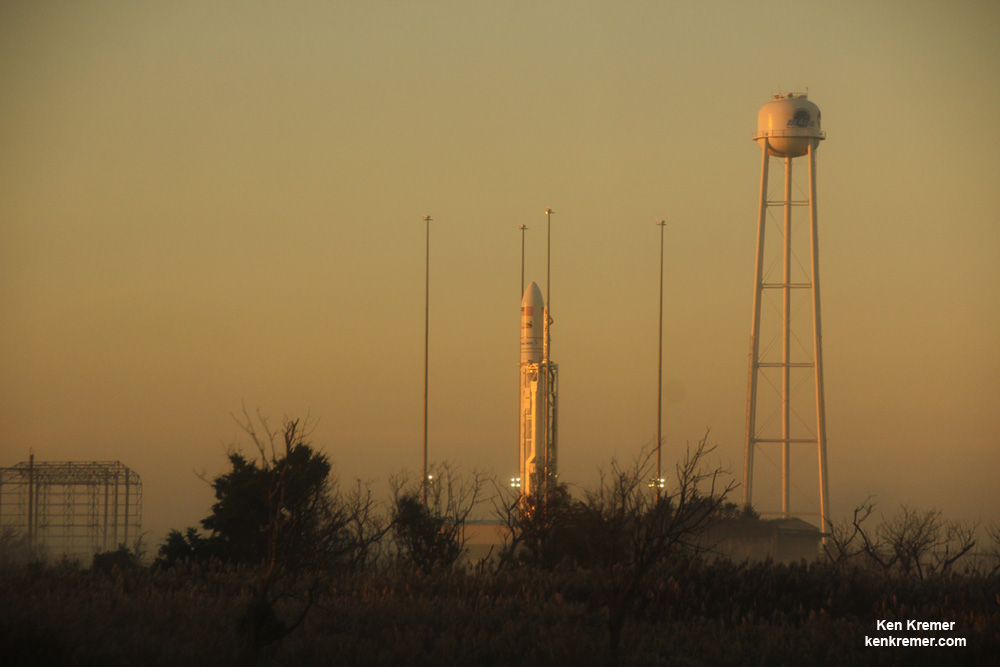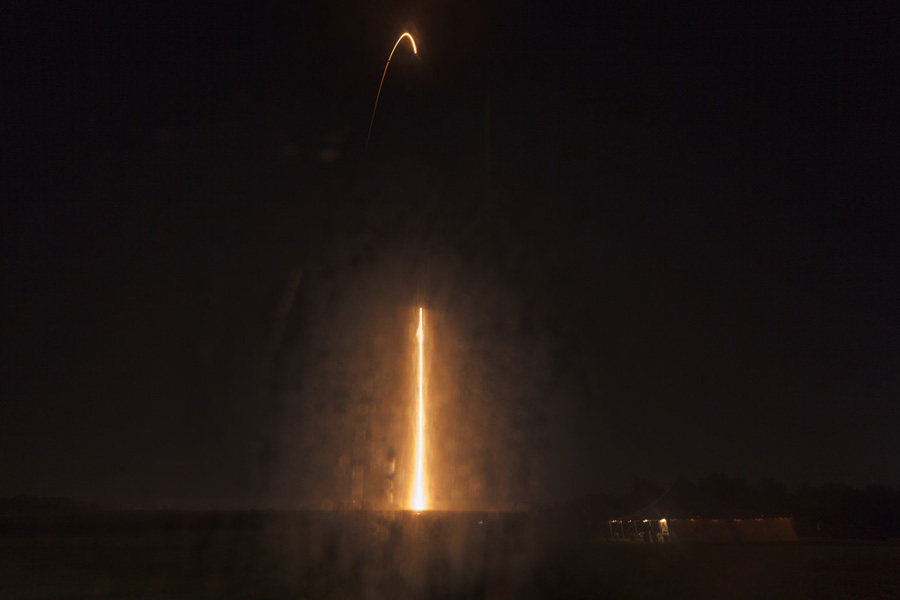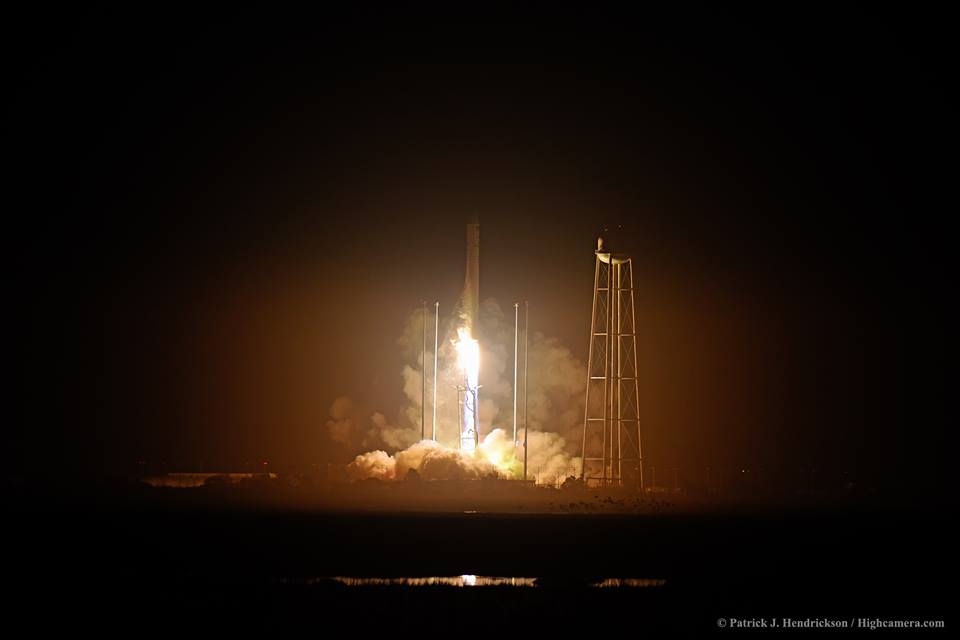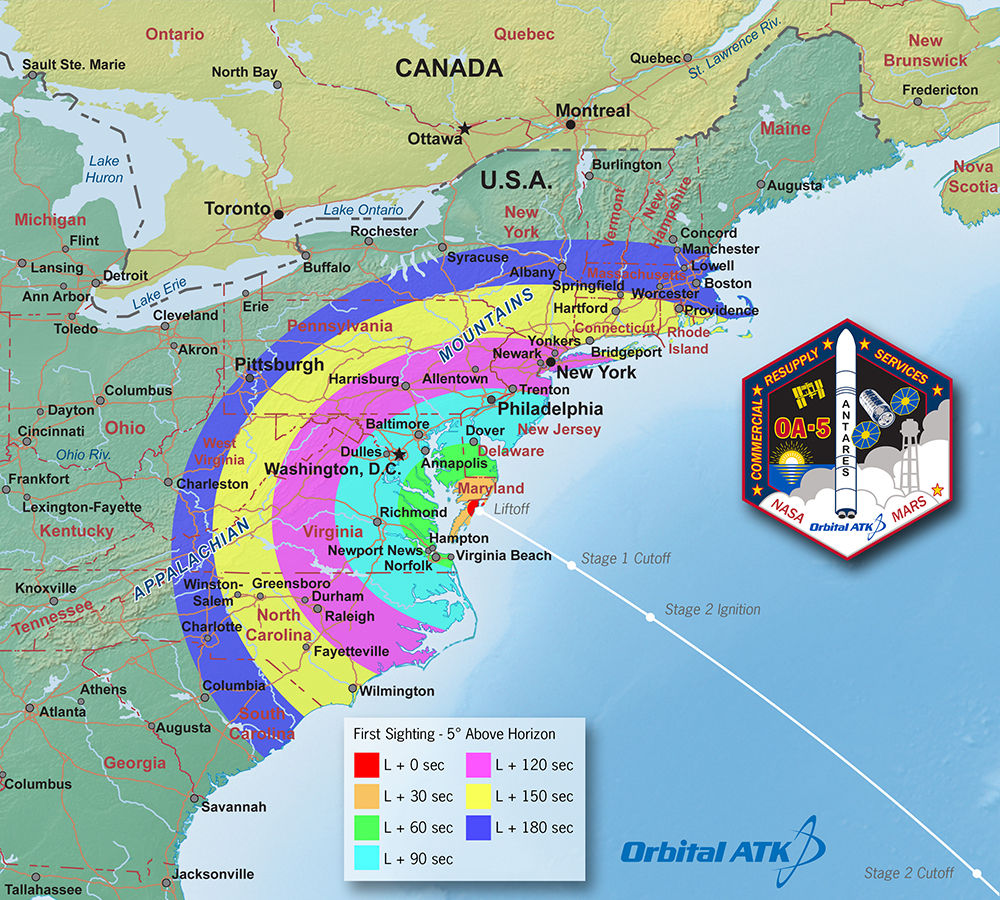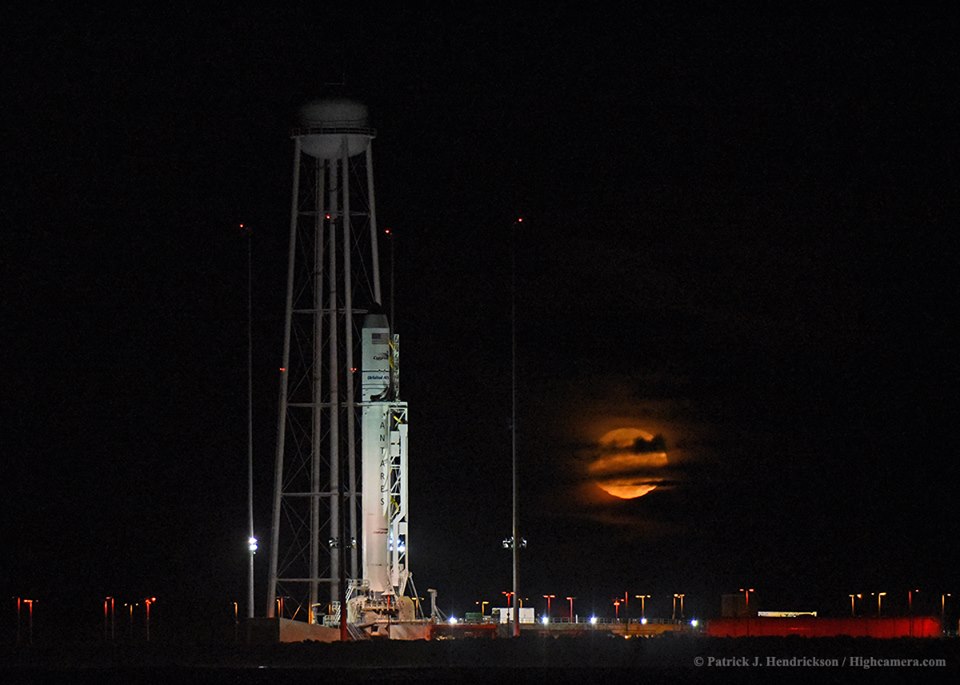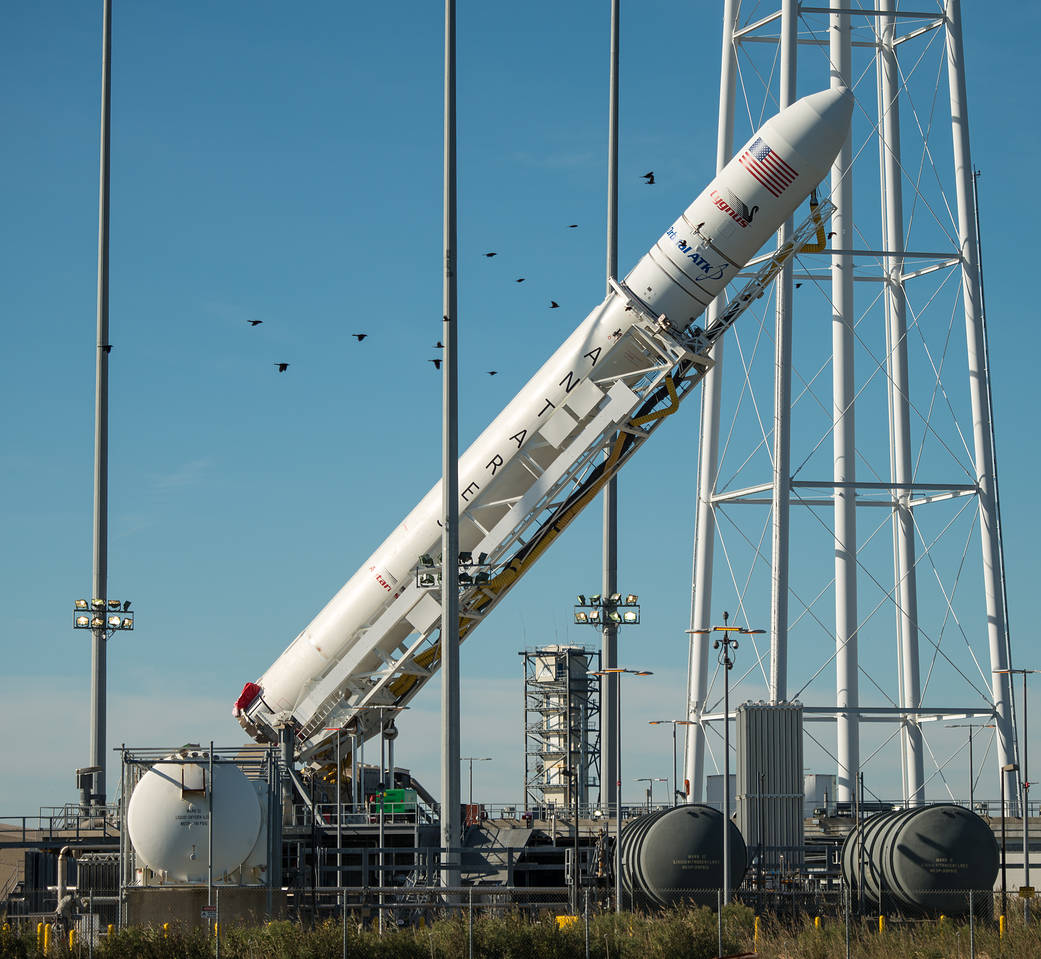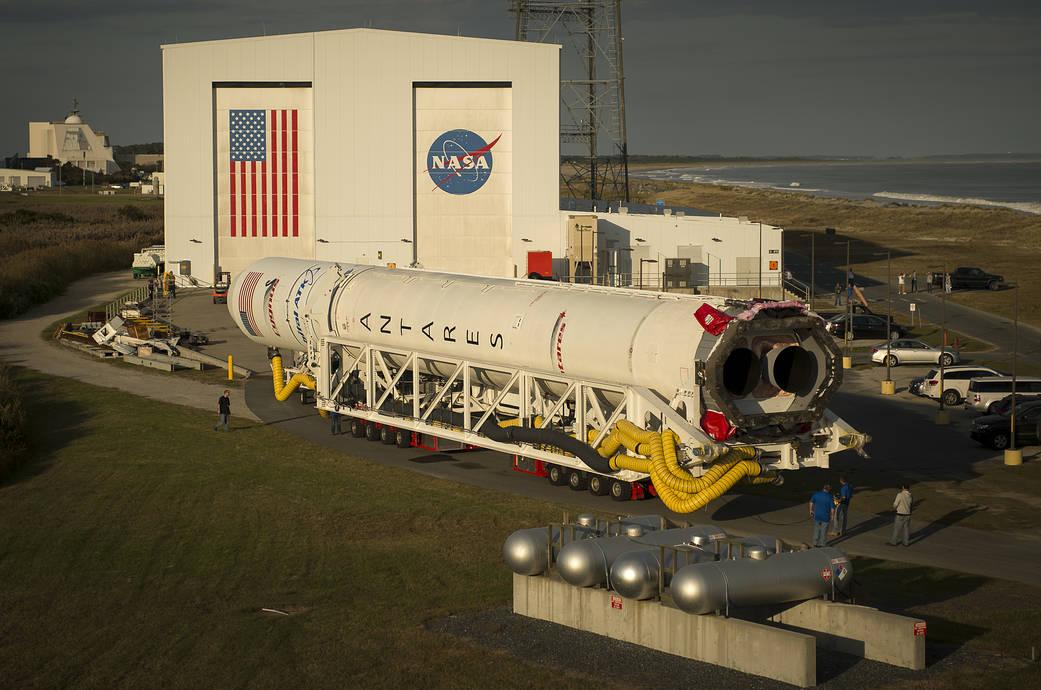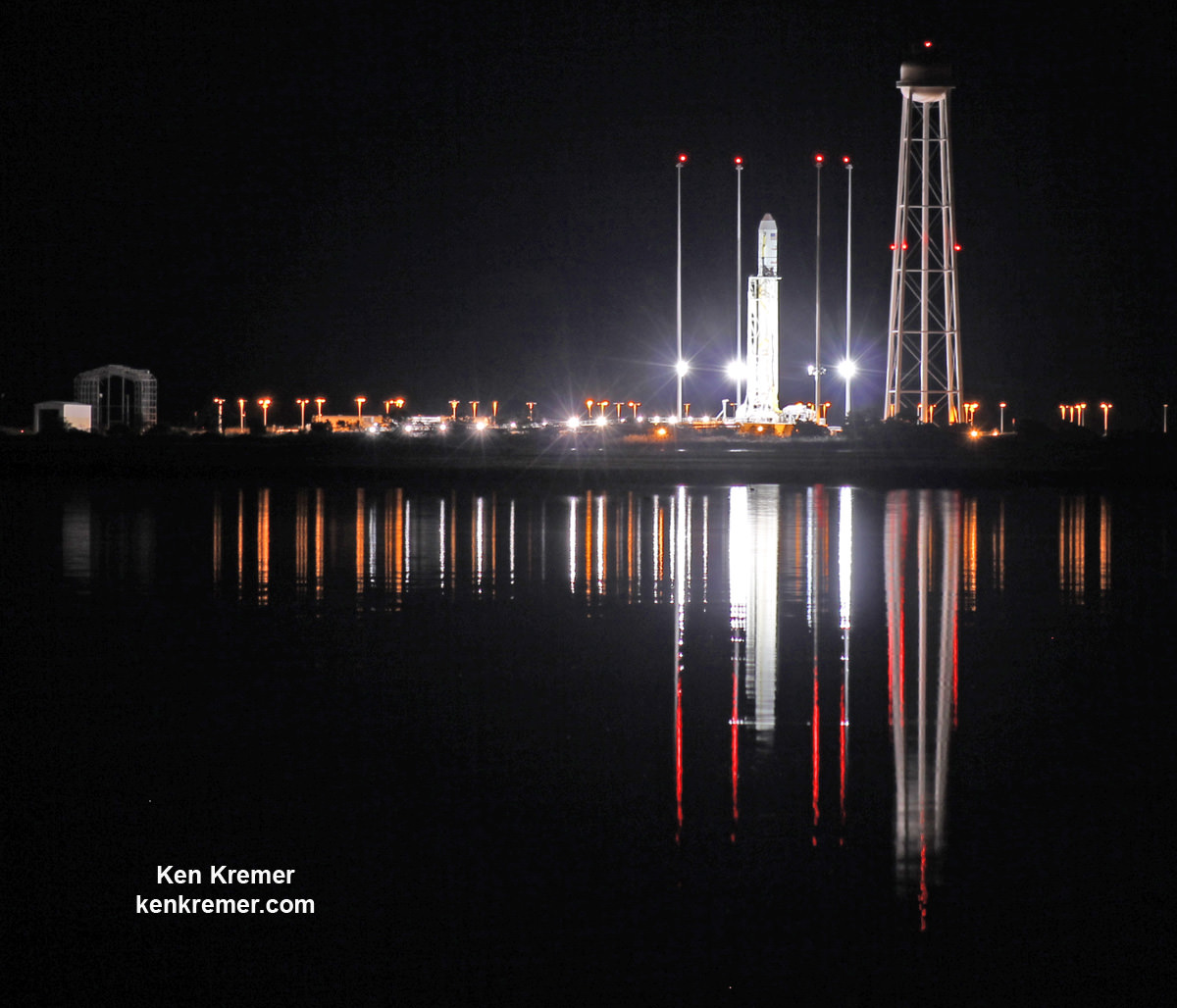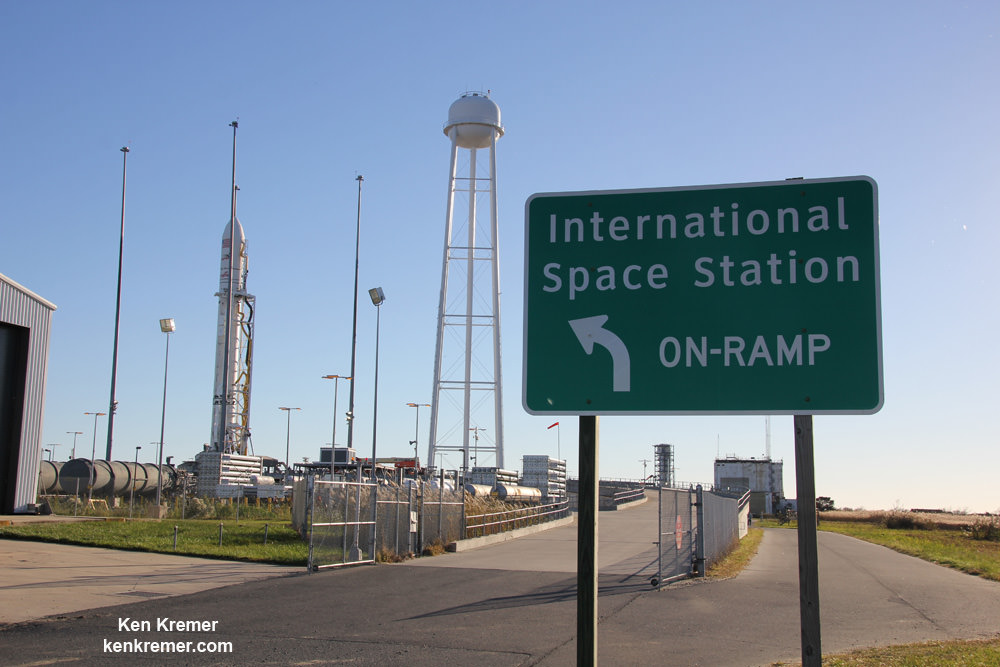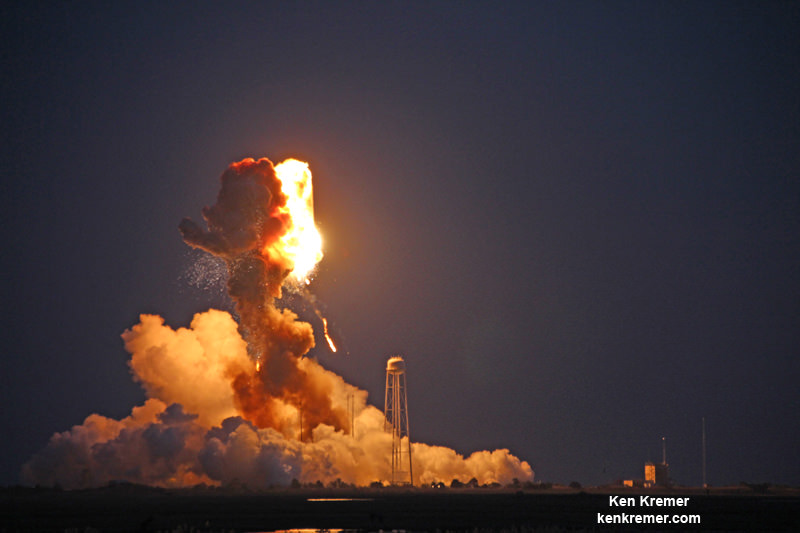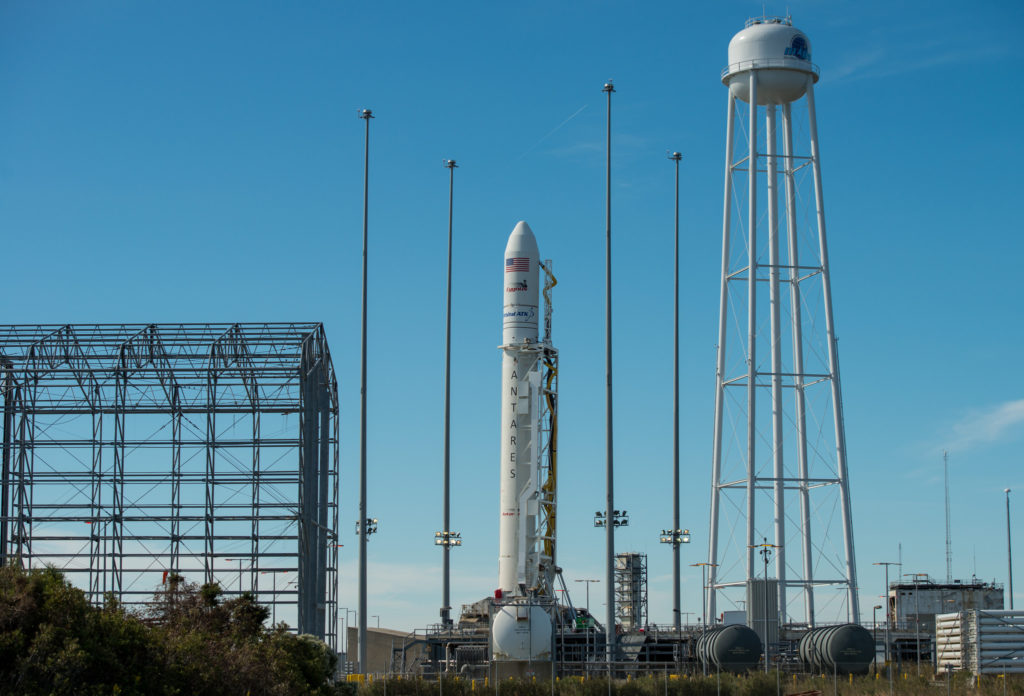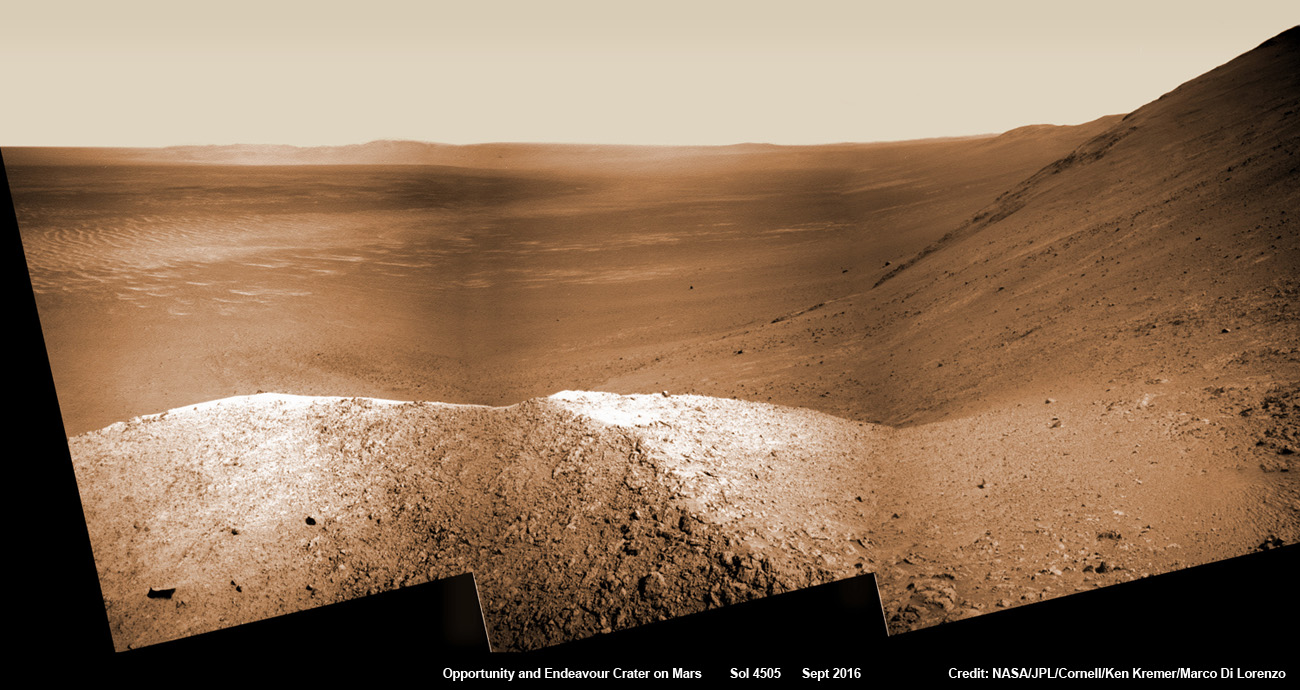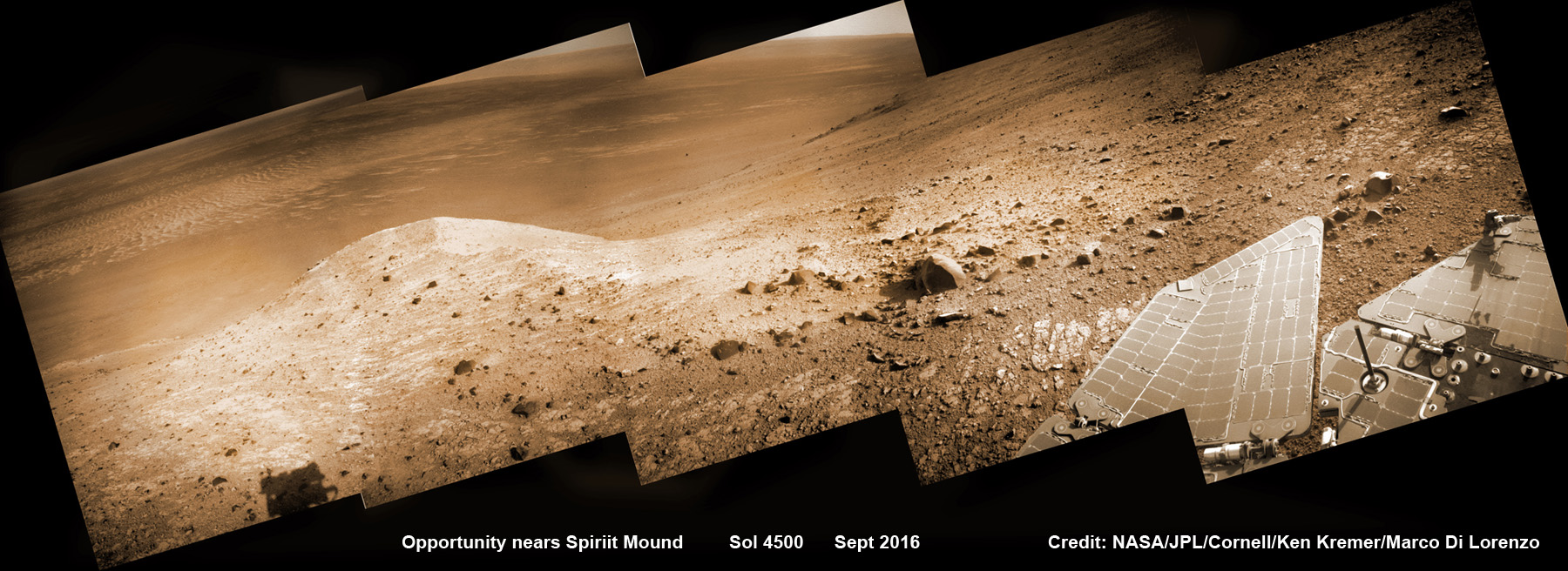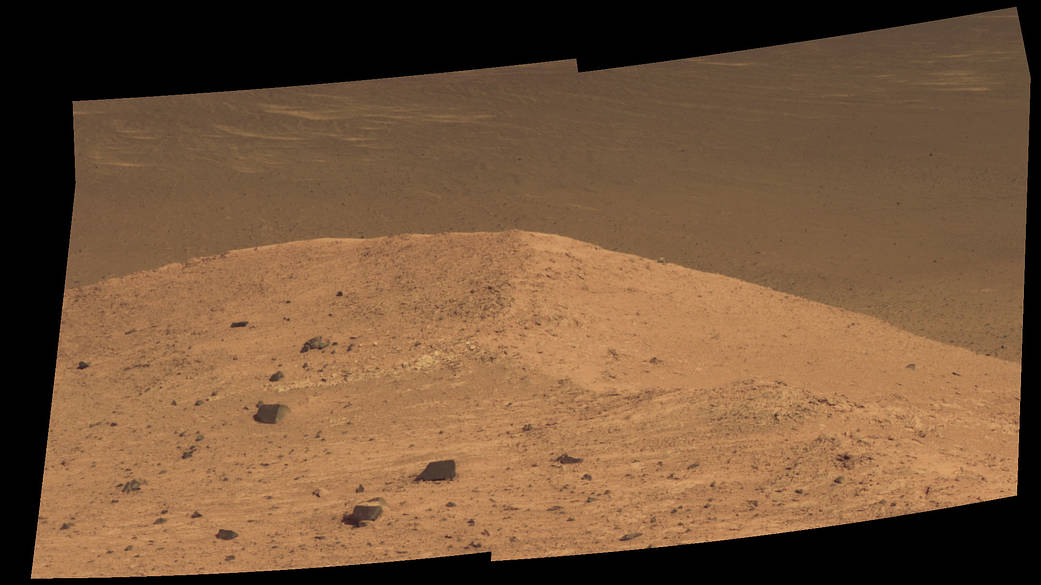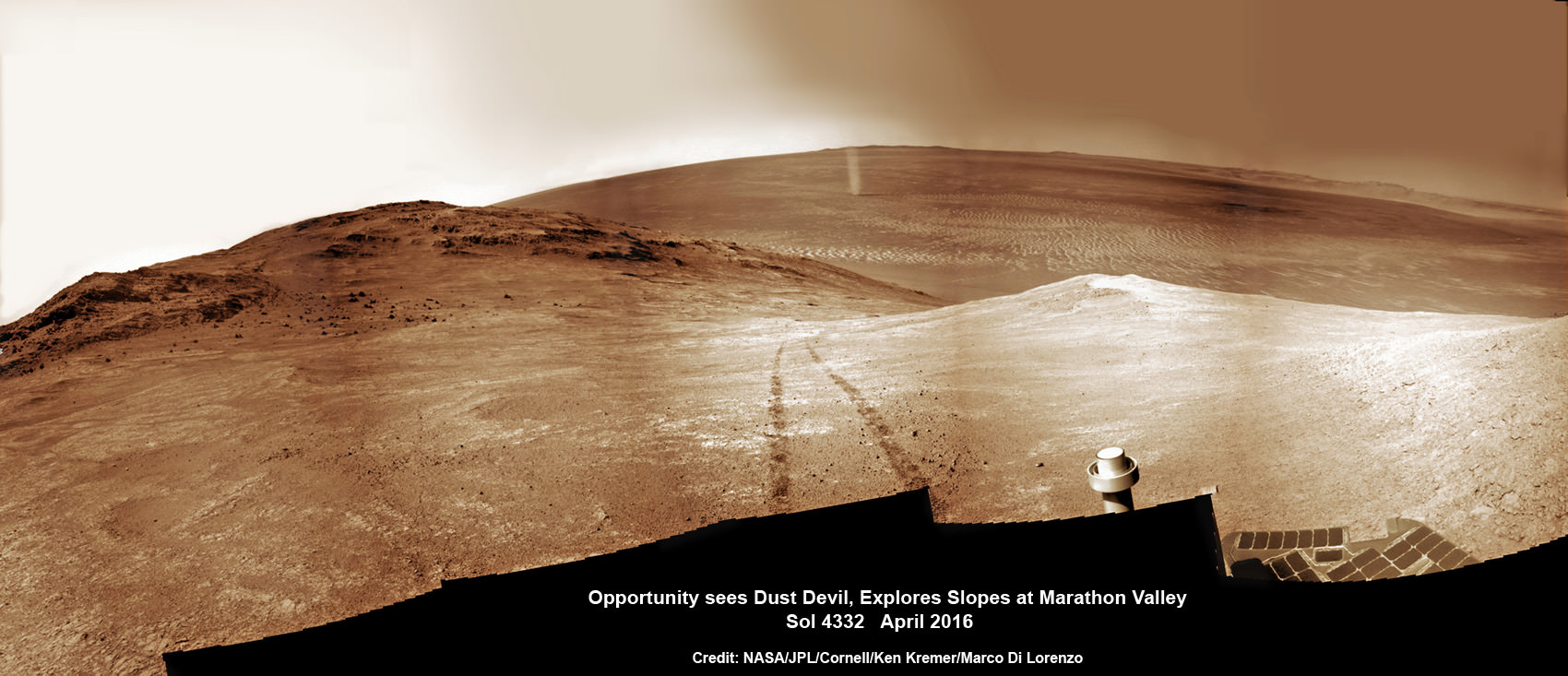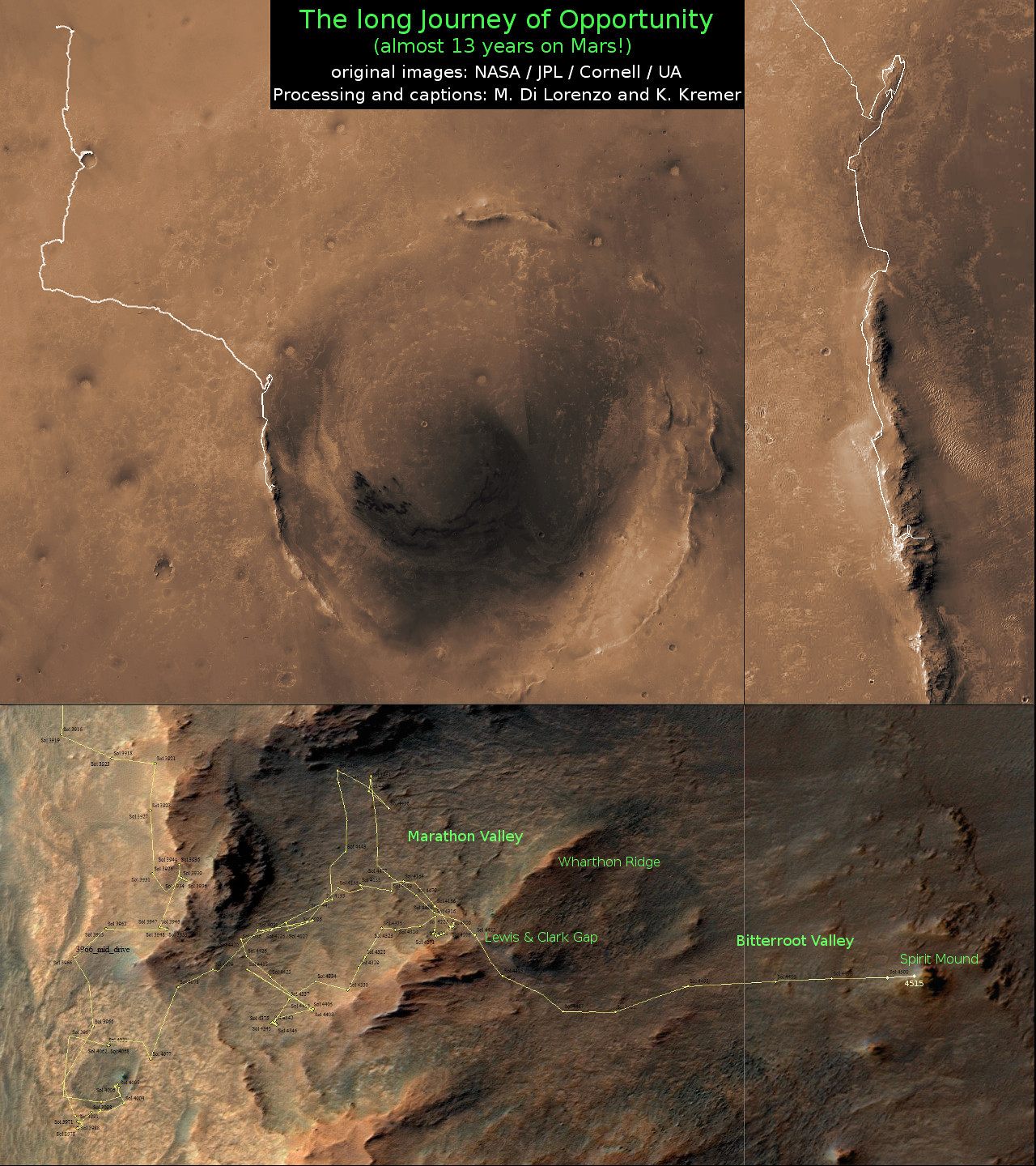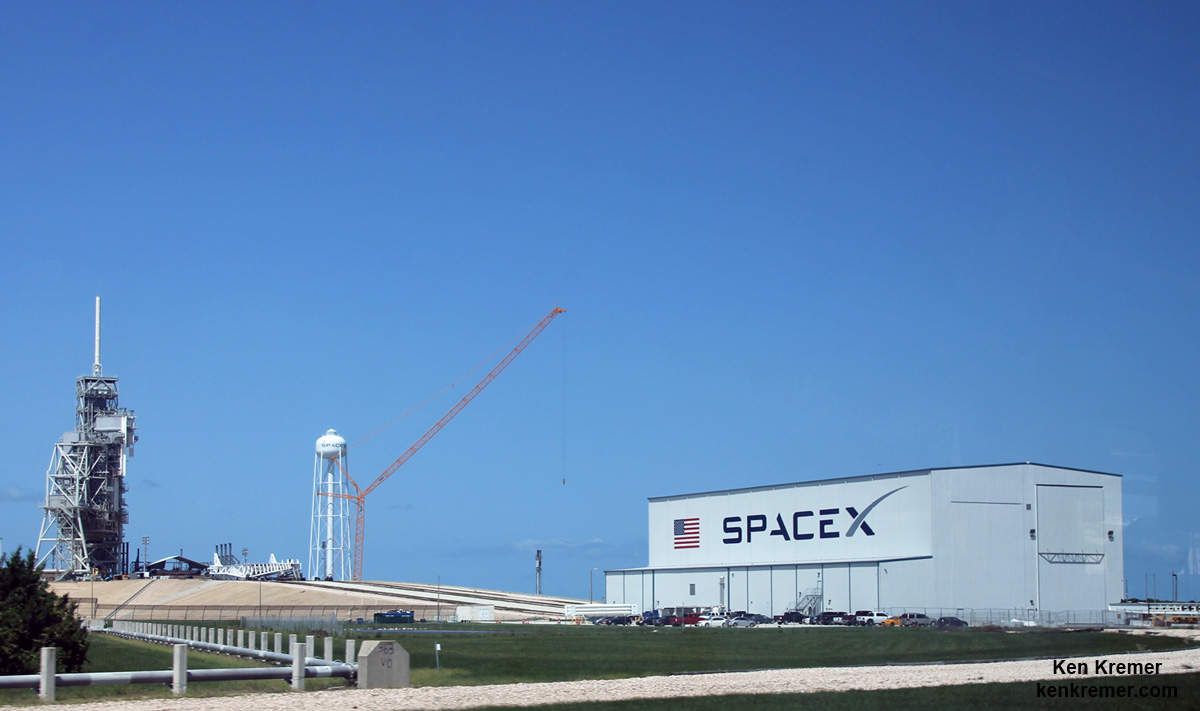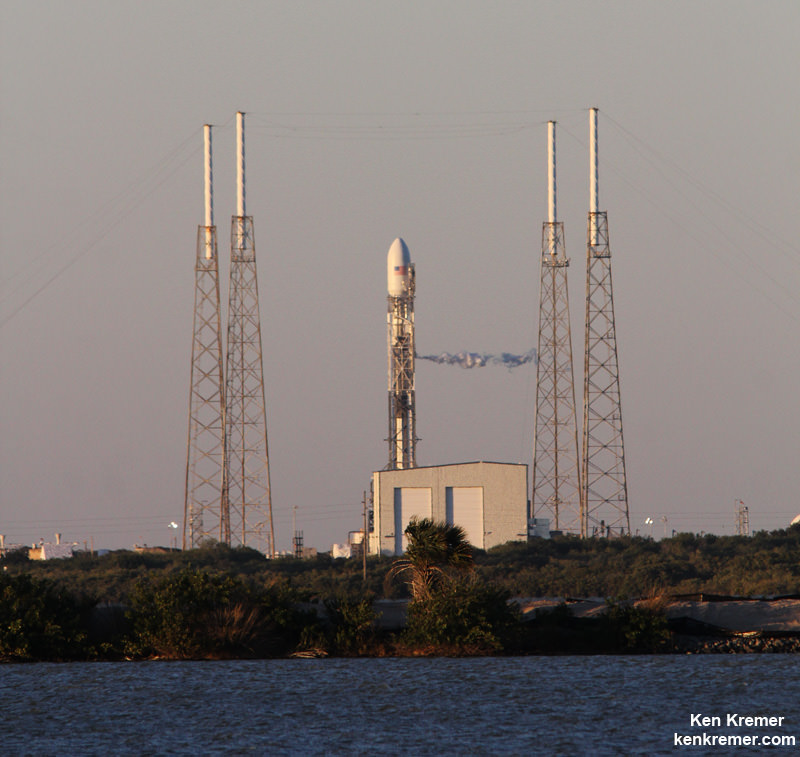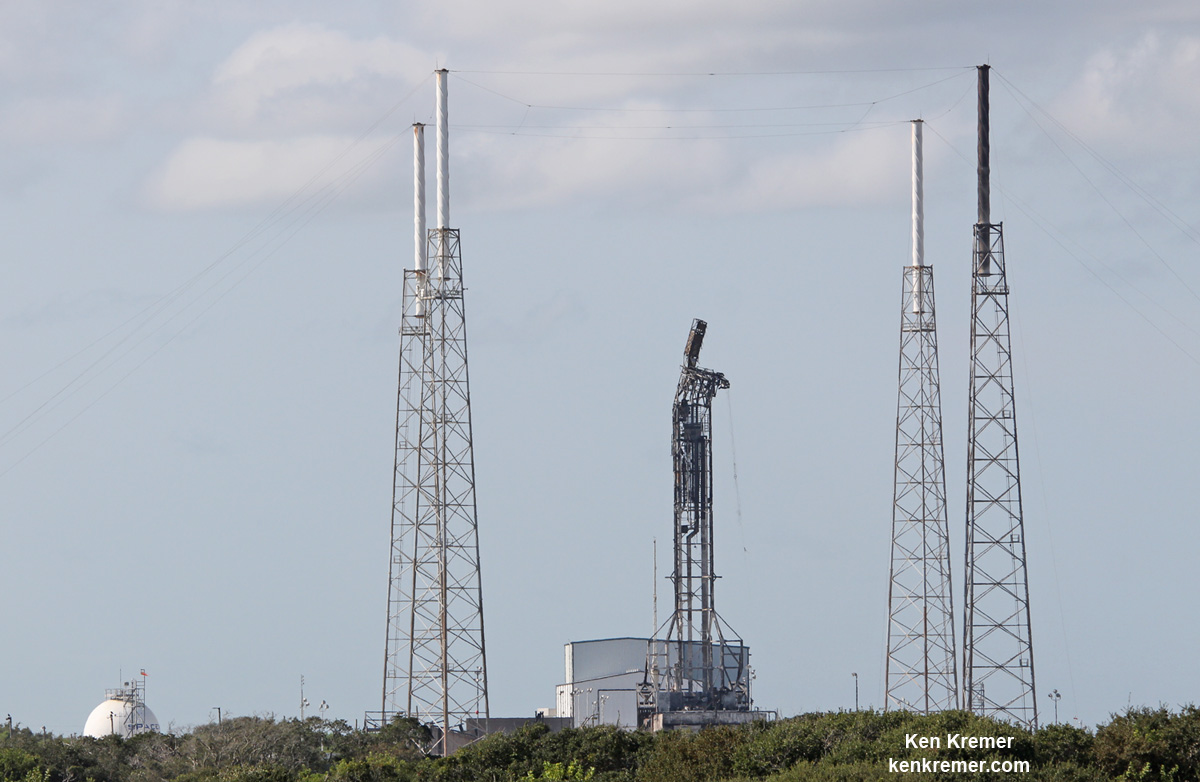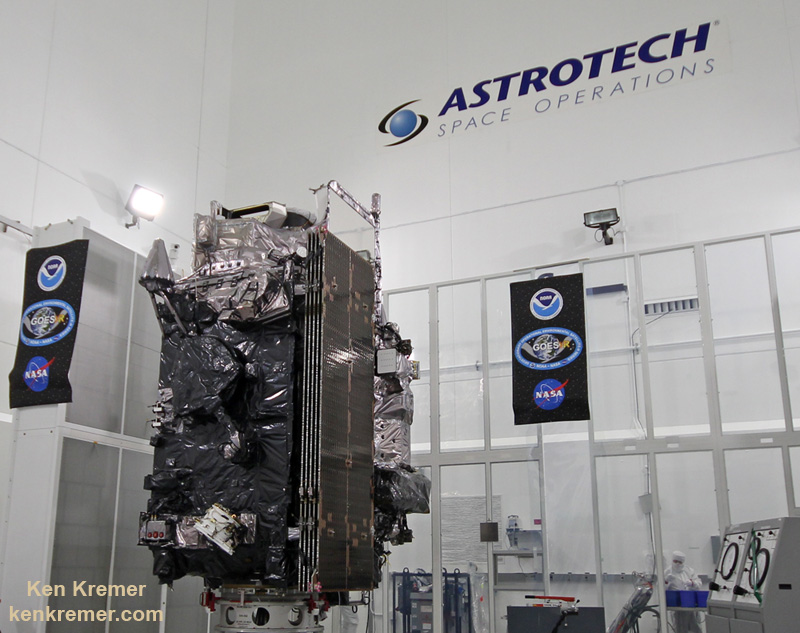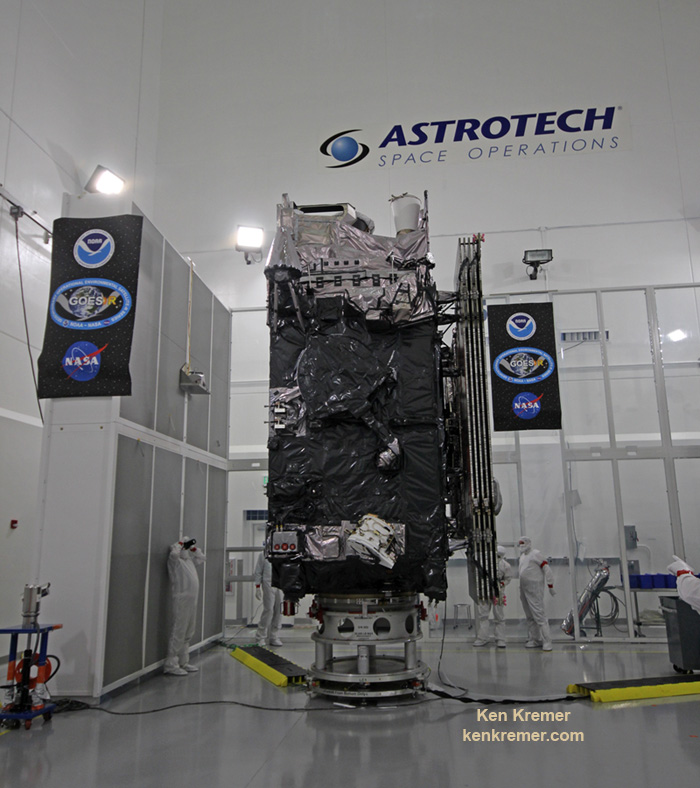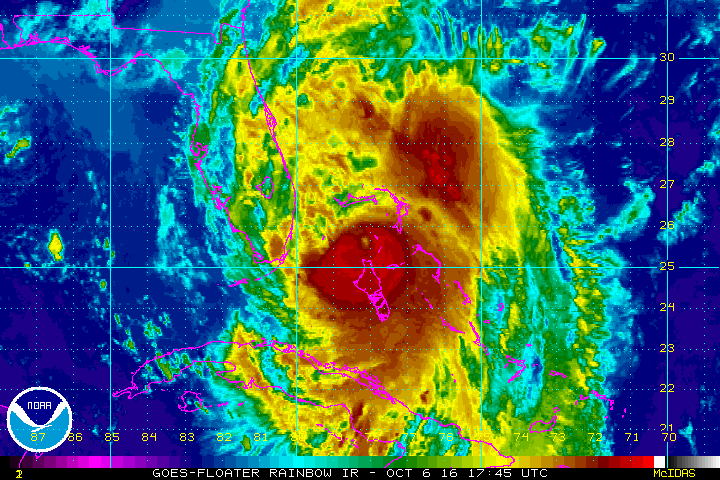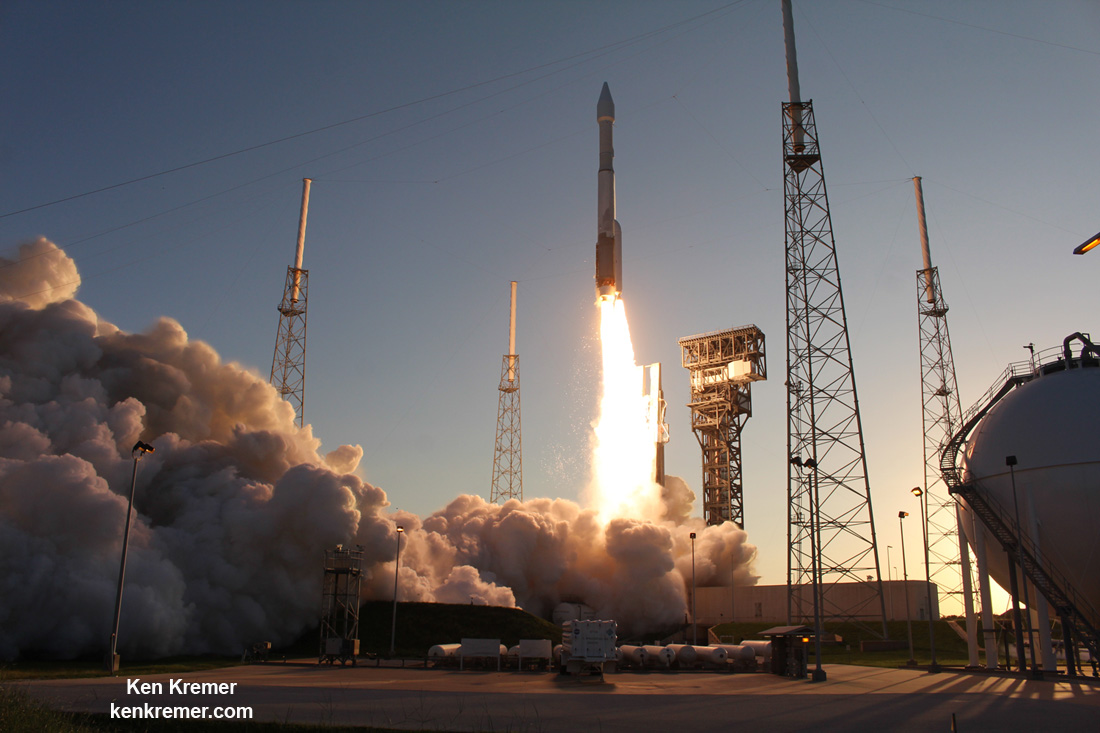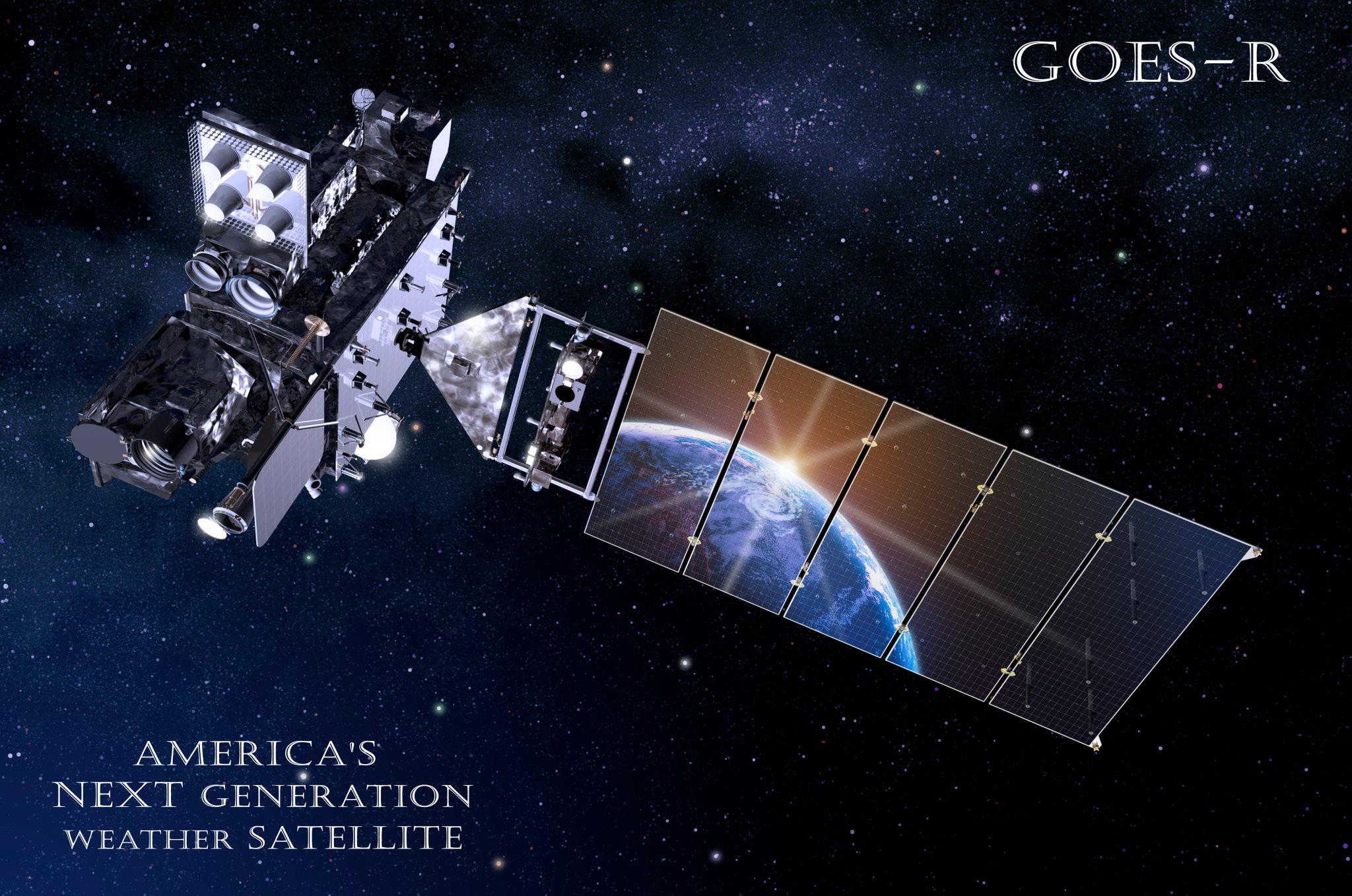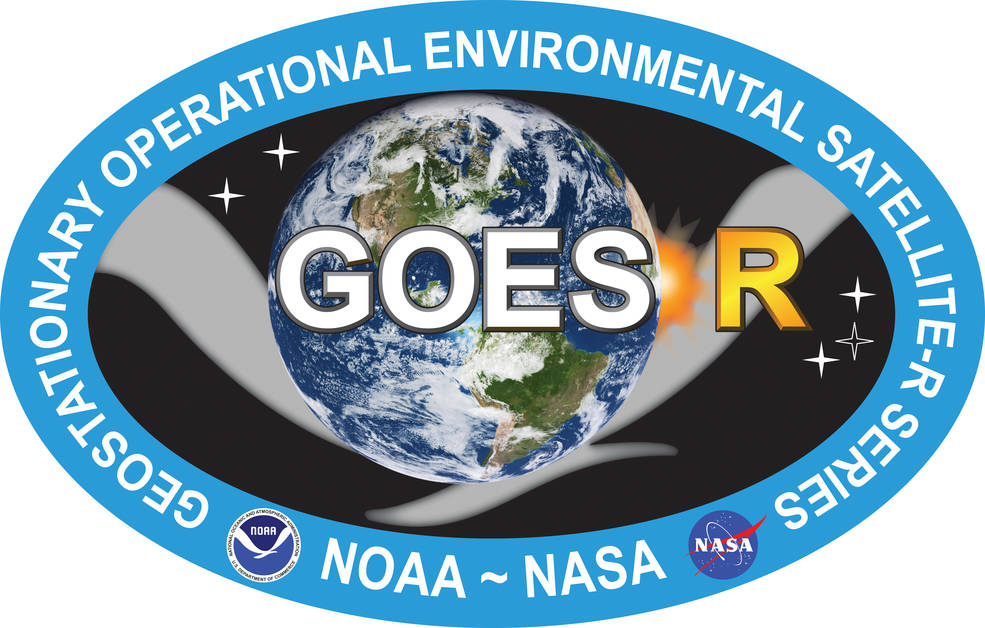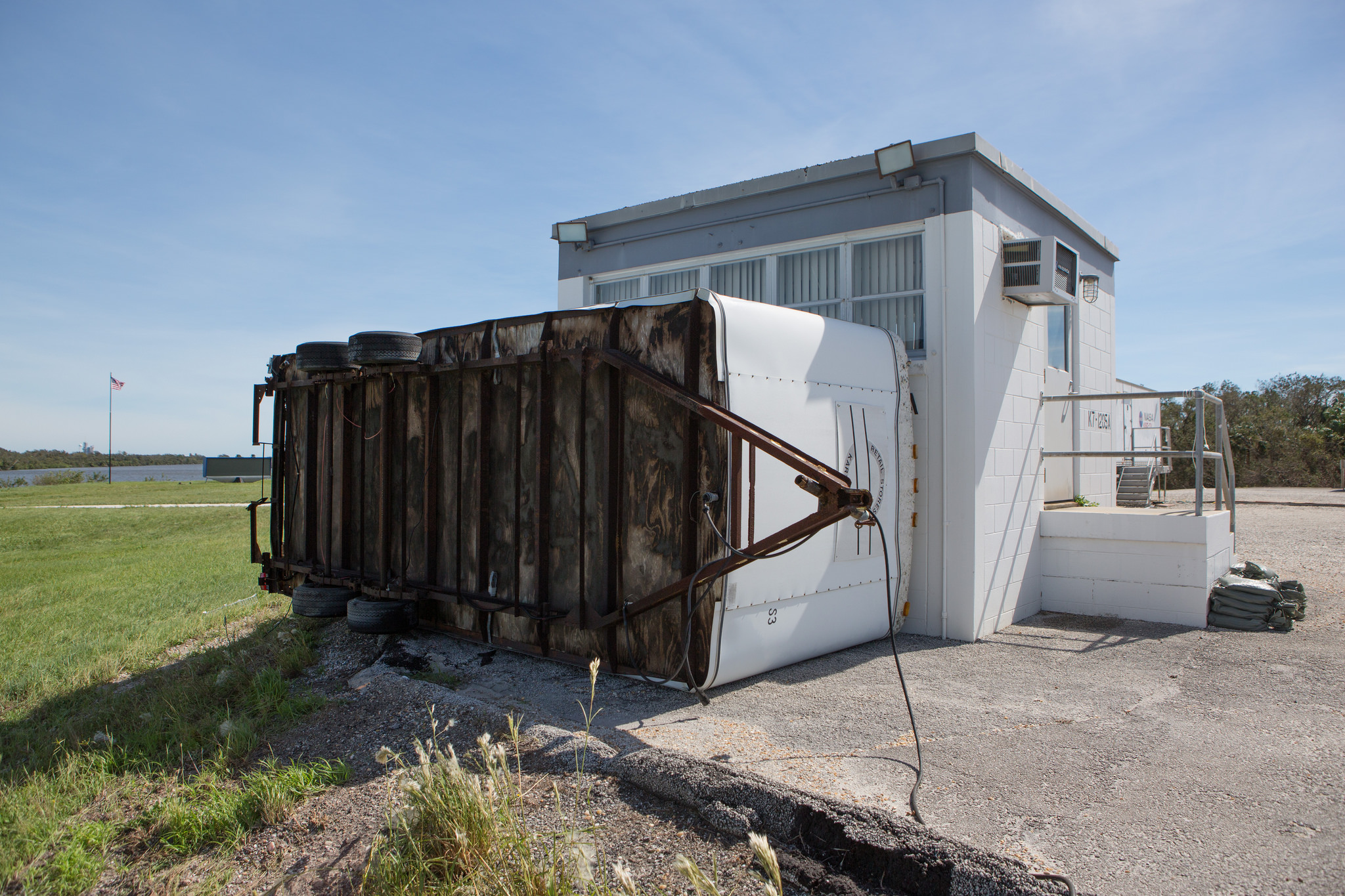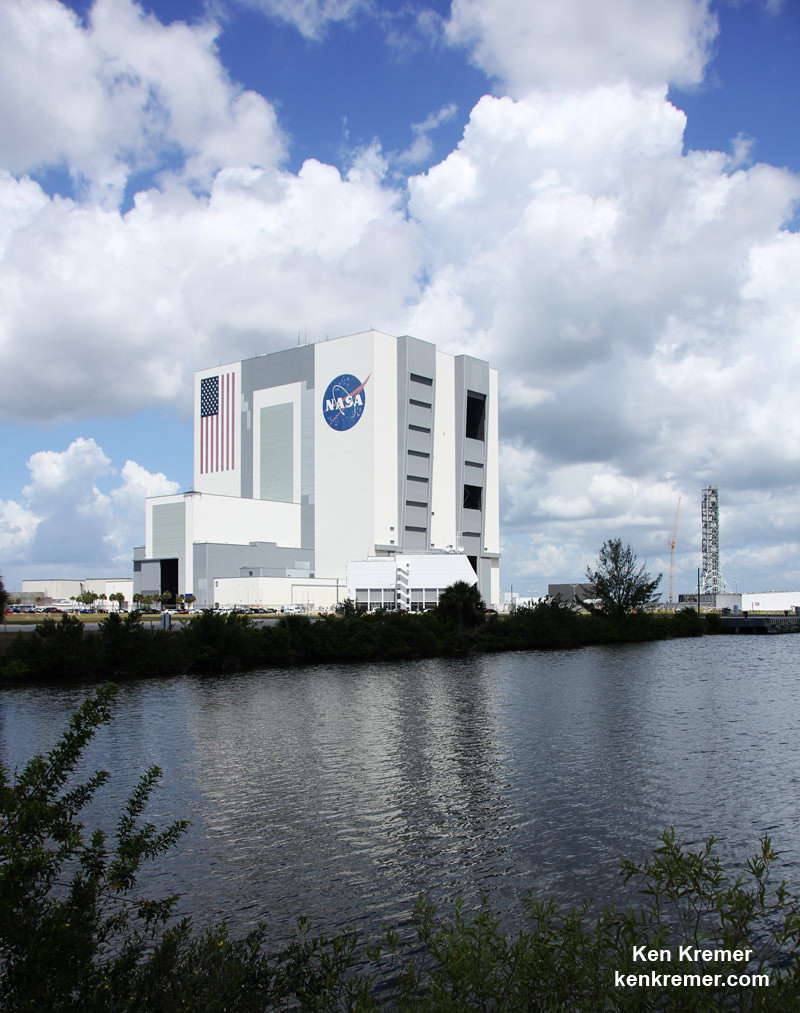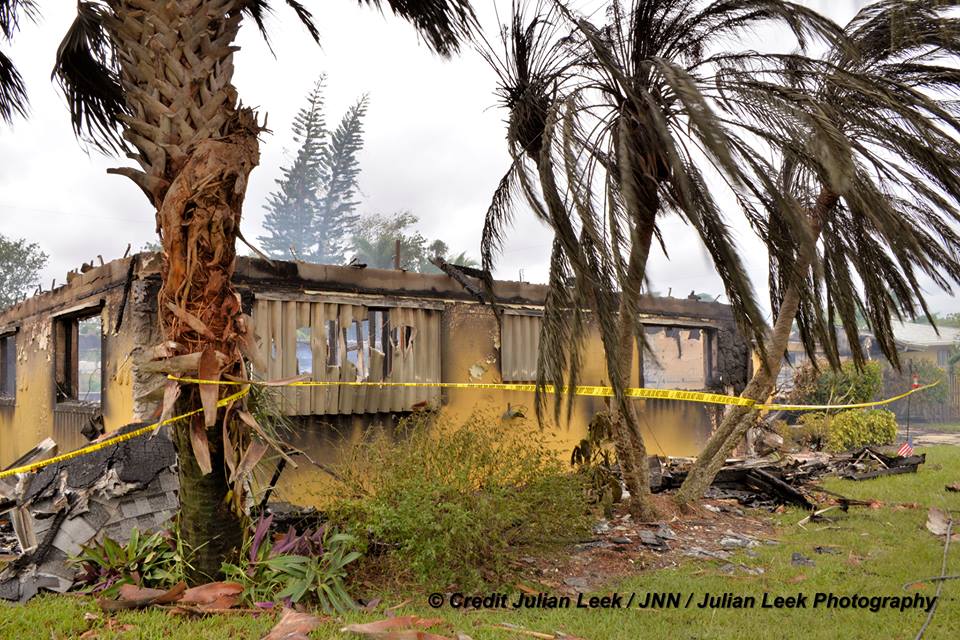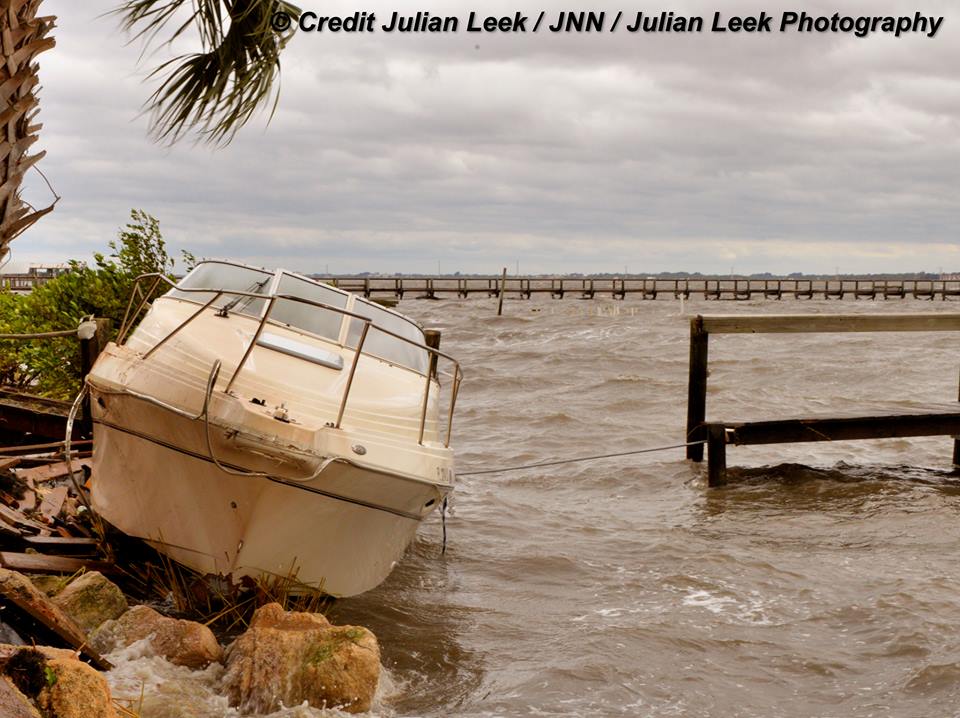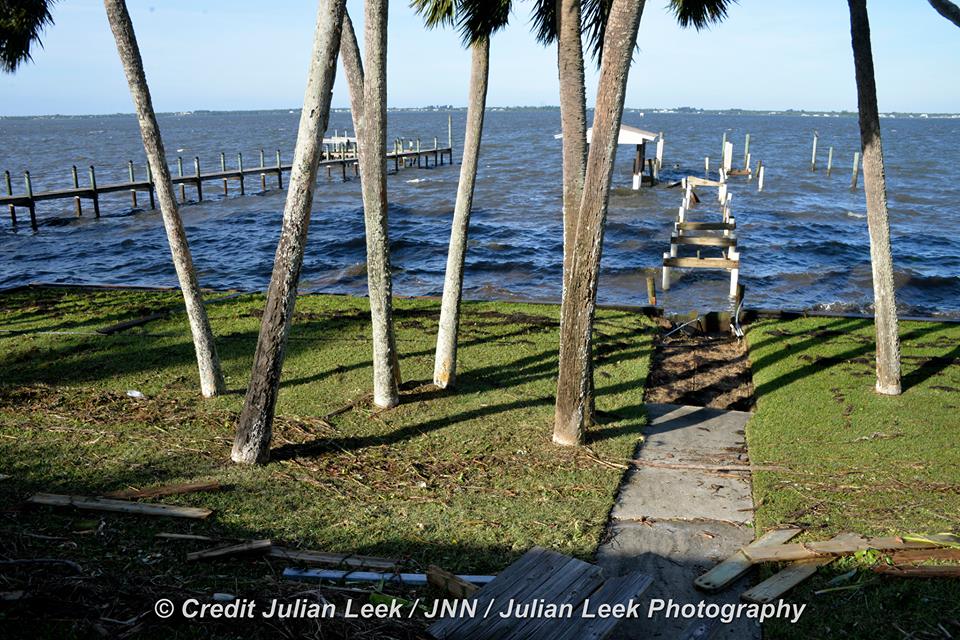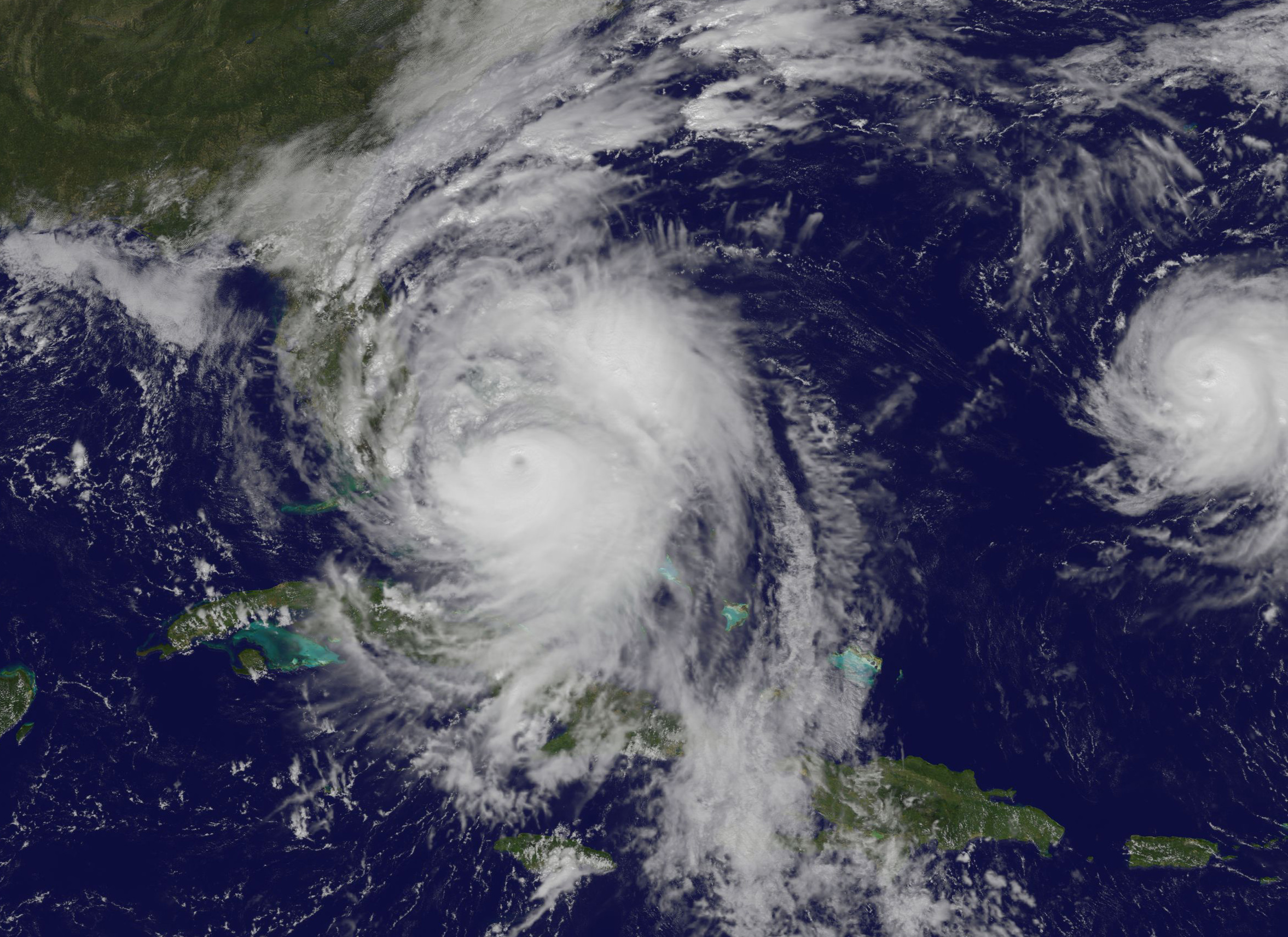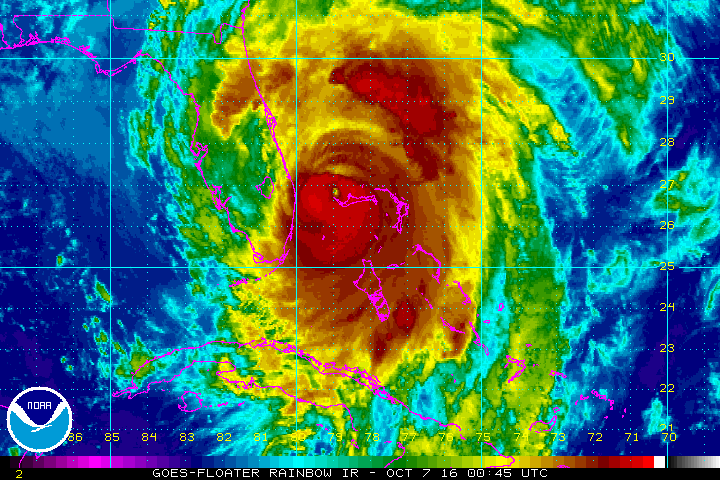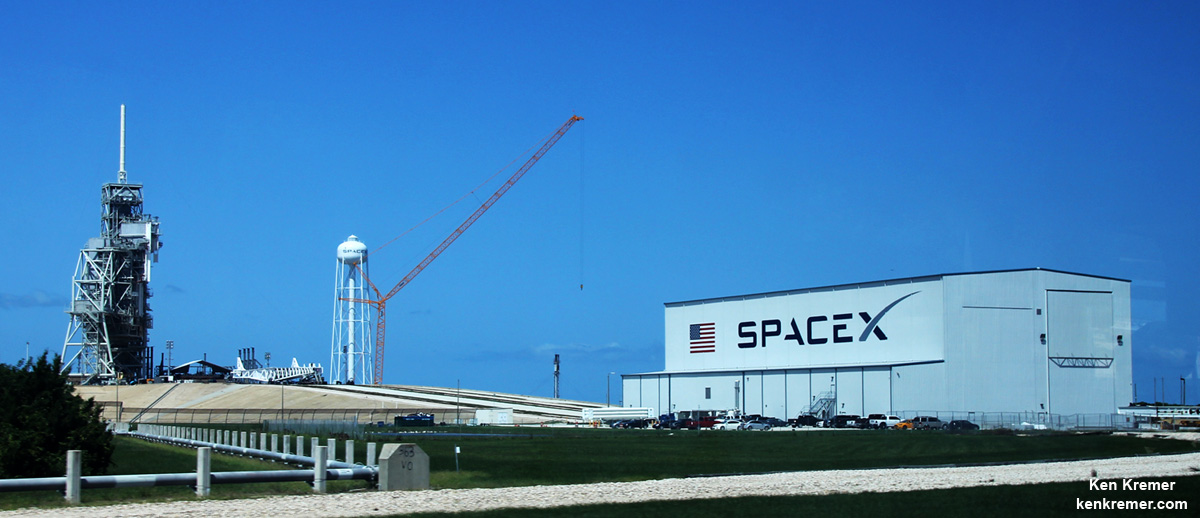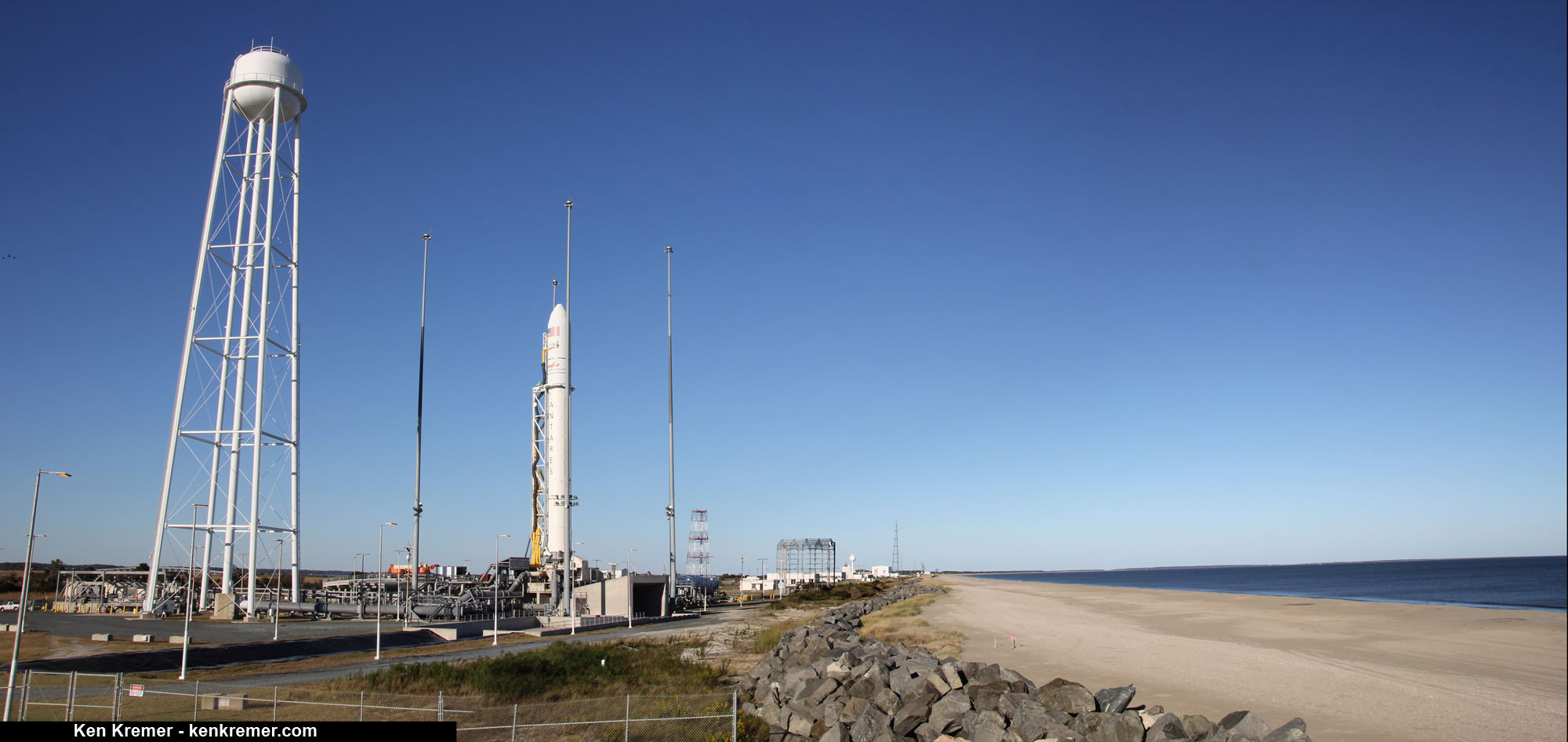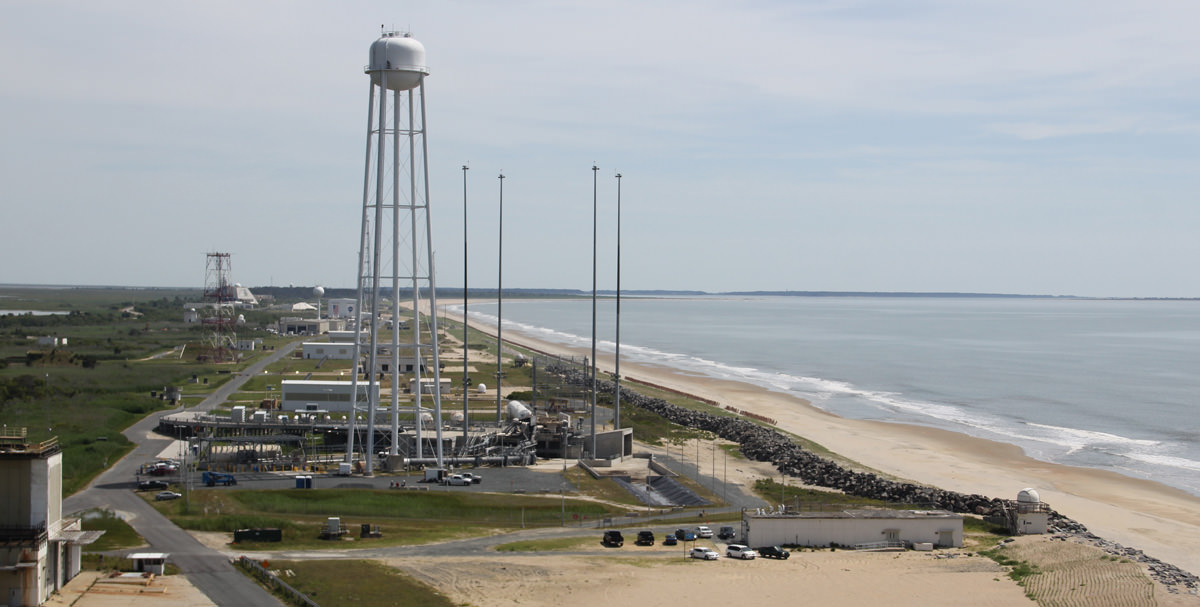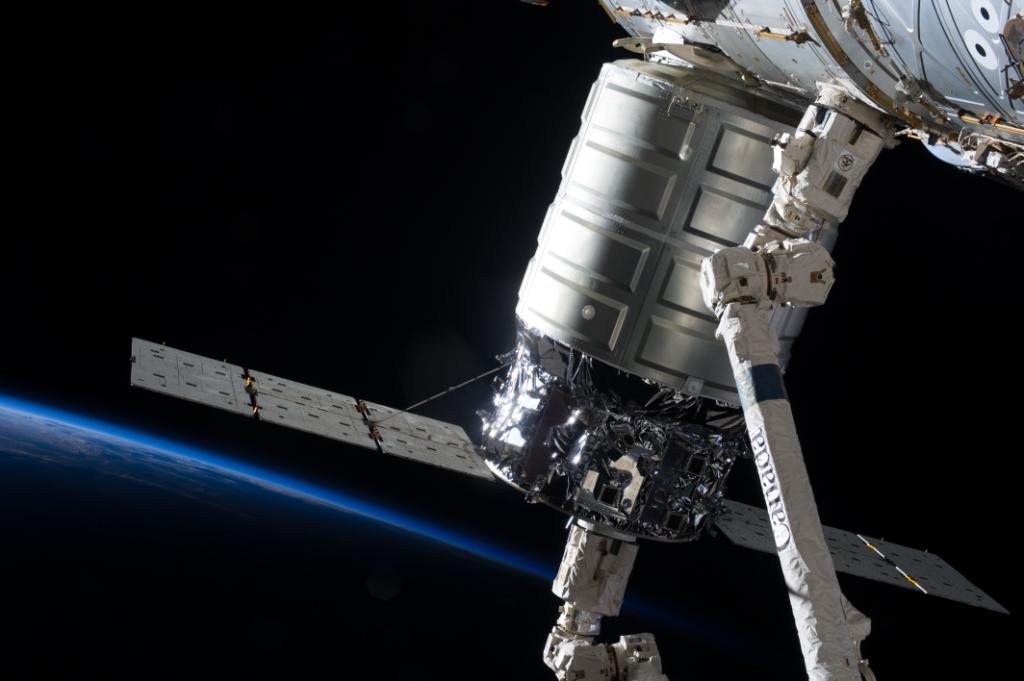
After a two year gap, the first Cygnus cargo freight train from Virginia bound for the International Space Station (ISS) arrived earlier this morning – restoring this critical supply route to full operation today, Sunday, Oct. 23.
The Orbital ATK Cygnus cargo spacecraft packed with over 2.5 tons of supplies was berthed to an Earth-facing port on the Unity module of the ISS at 10:53 a.m. EDT.
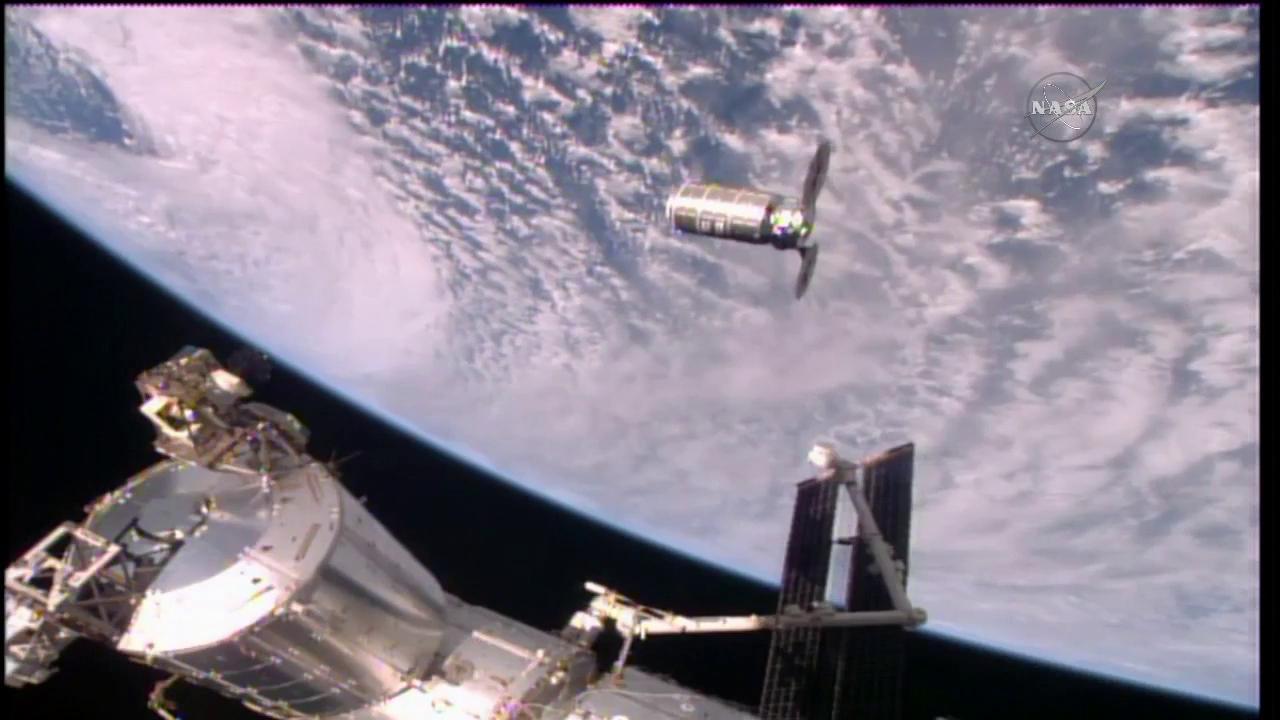
The Cygnus OA-5 mission took flight atop the first re-engined Orbital ATK Antares rocket during a spectacular Monday night liftoff on Oct. 17 at 7:40 p.m. EDT from the Mid-Atlantic Regional Spaceport pad 0A at NASA’s Wallops Flight Facility on Virginia’s picturesque Eastern shore.
Antares pair of RD-181 first stage engines were firing with some 1.2 million pounds of liftoff thrust and brilliantly lighting up the crystal clear evening skies in every direction to the delight of hordes of spectators gathered from near and far.
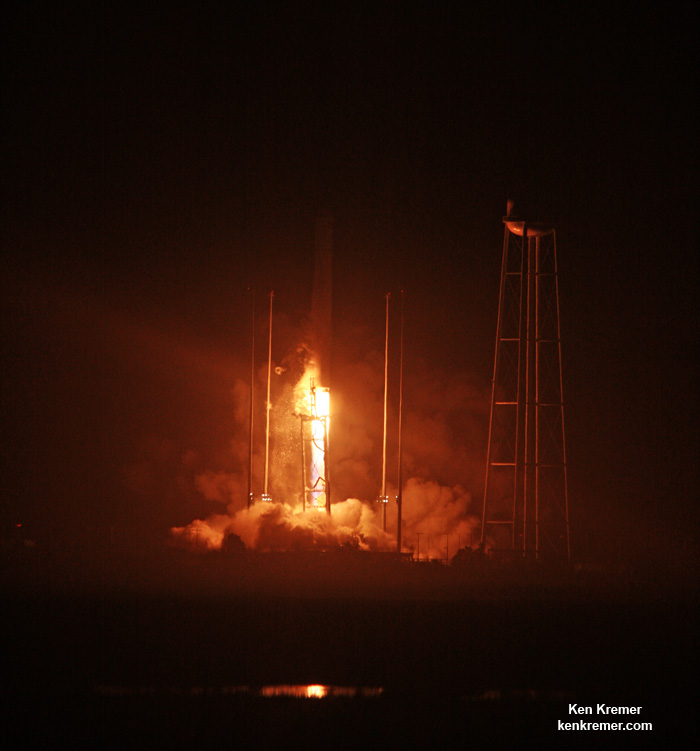
Cygnus is loaded with over 5,100 pounds of science investigations, food, supplies and hardware for the space station and its six-person multinational crew.
This was the first Antares launch from Virginia in two years following the rockets catastrophic failure just moments after liftoff on Oct. 28, 2014, which doomed the Orb-3 resupply mission to the space station – as witnessed by this author.
Orbital ATK’s Antares commercial rocket had to be overhauled with the completely new RD-181 first stage engines- fueled by LOX/kerosene – following the destruction of the Antares rocket and Cygnus supply ship two years ago.
The 14 story tall commercial Antares rocket launched for the first time in the upgraded 230 configuration – powered by a pair of the new Russian-built RD-181 first stage engines.
The RD-181 replaces the previously used AJ26 engines which failed shortly after the last liftoff on Oct. 28, 2014 and destroyed the rocket and Cygnus cargo freighter.
The launch mishap was traced to a failure in the AJ26 first stage engine turbopump and forced Antares launches to immediately grind to a halt.
After a carefully choreographed five day orbital chase, Cygnus approached the million pound orbiting outpost this morning.
After it was within reach, Expedition 49 Flight Engineers Takuya Onishi of the Japan Aerospace Exploration Agency and Kate Rubins of NASA carefully maneuvered the station’s 57.7-foot (17.6-meter) Canadian-built robotic arm to reach out and capture the Cygnus OA-5 spacecraft at 7:28 a.m. EDT.
It was approximately 30 feet (10 meters) away from the station as Onishi and Rubins grappled the resupply ship with the robotic arms snares.
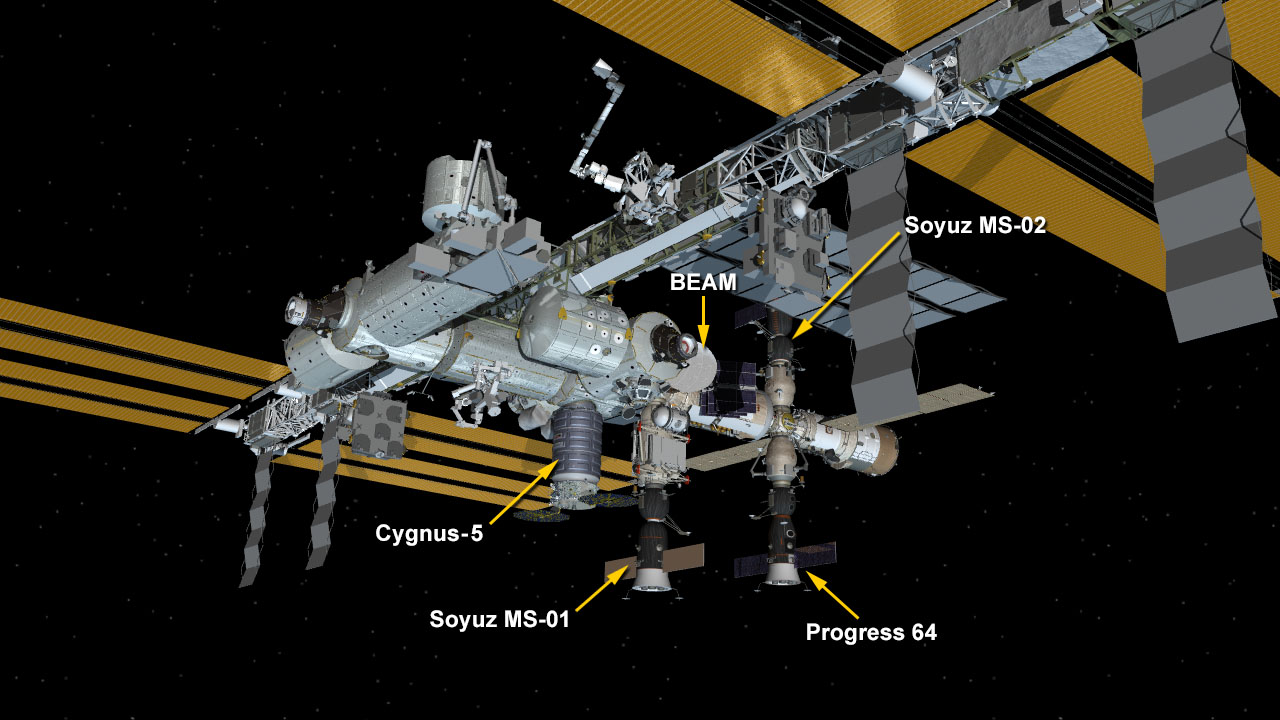
After leak checks, the next step is for the crew to open the hatches between the pressurized Cygnus and Unity and begin unloading the stash aboard.
The 21-foot-long (6.4-meter) spacecraft is scheduled to spend about five weeks attached to the station. The crew will pack the ship with trash and no longer needed supplies and gear.
It will be undocked in November and then conduct several science experiments, including the Saffire fire experiment and deploy cubesats.
Thereafter it will be commanded to conduct the customary destructive re-entry in Earth’s atmosphere.
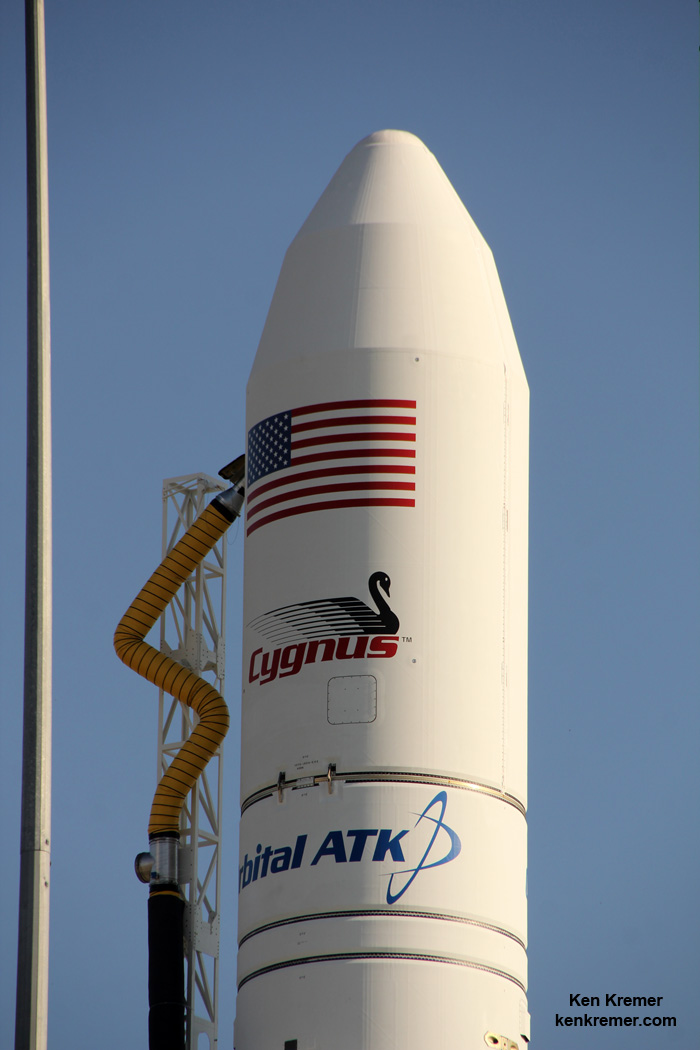
The Cygnus spacecraft for the OA-5 mission is named the S.S. Alan G. Poindexter in honor of former astronaut and Naval Aviator Captain Alan Poindexter.
Under the Commercial Resupply Services (CRS) contract with NASA, Orbital ATK will deliver approximately 28,700 kilograms of cargo to the space station. OA-5 is the sixth of these missions.
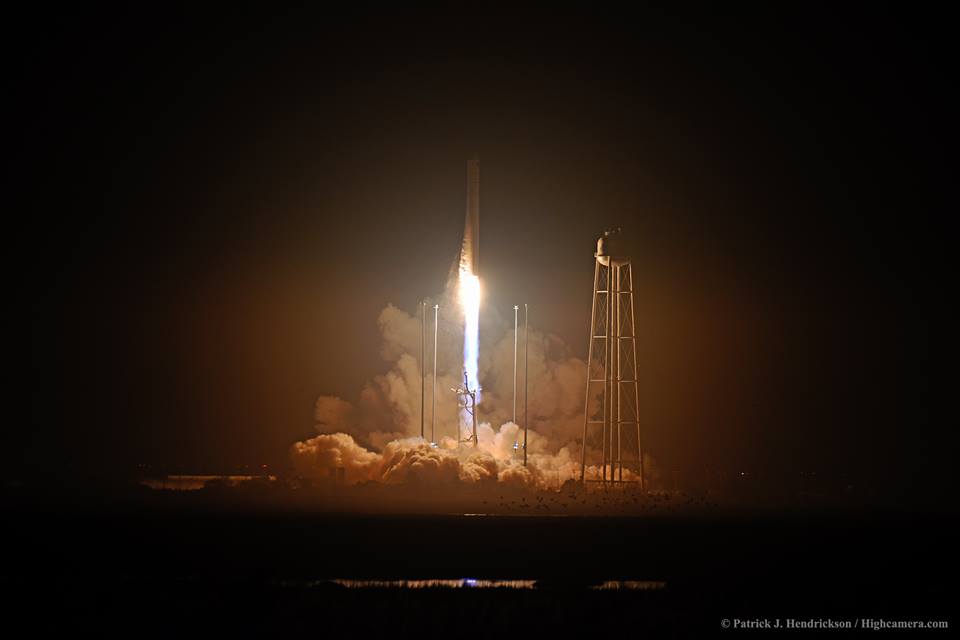
Watch for Ken’s continuing Antares/Cygnus mission and launch reporting. He was reporting from on site at NASA’s Wallops Flight Facility, VA during the launch campaign.
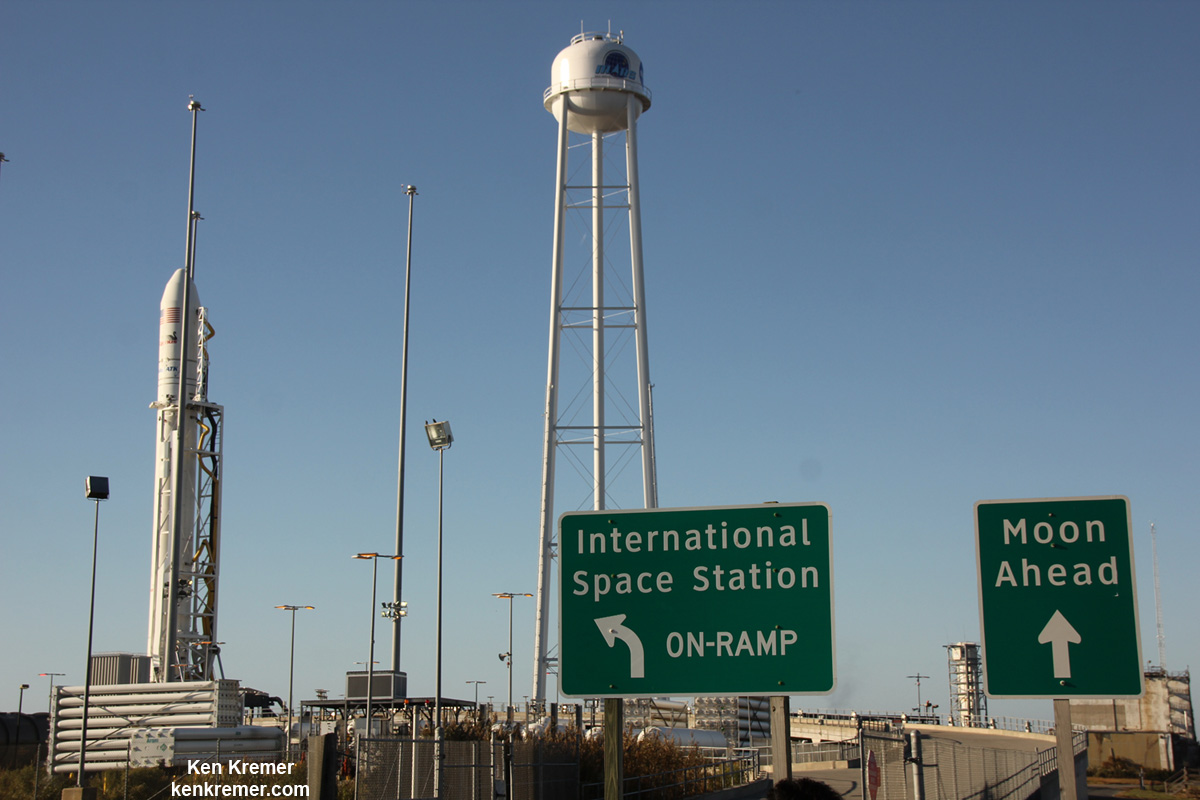
Stay tuned here for Ken’s continuing Earth and Planetary science and human spaceflight news.
